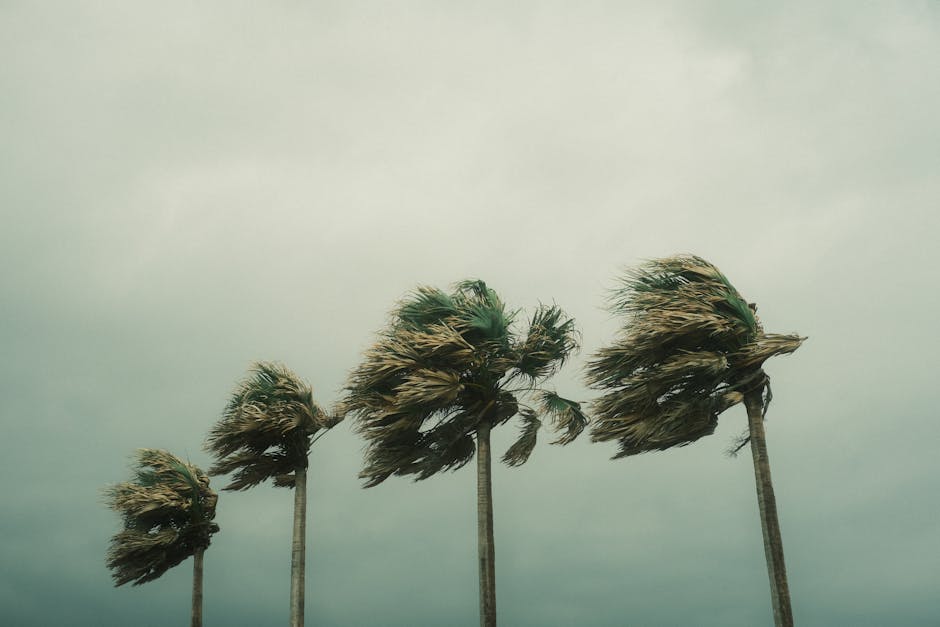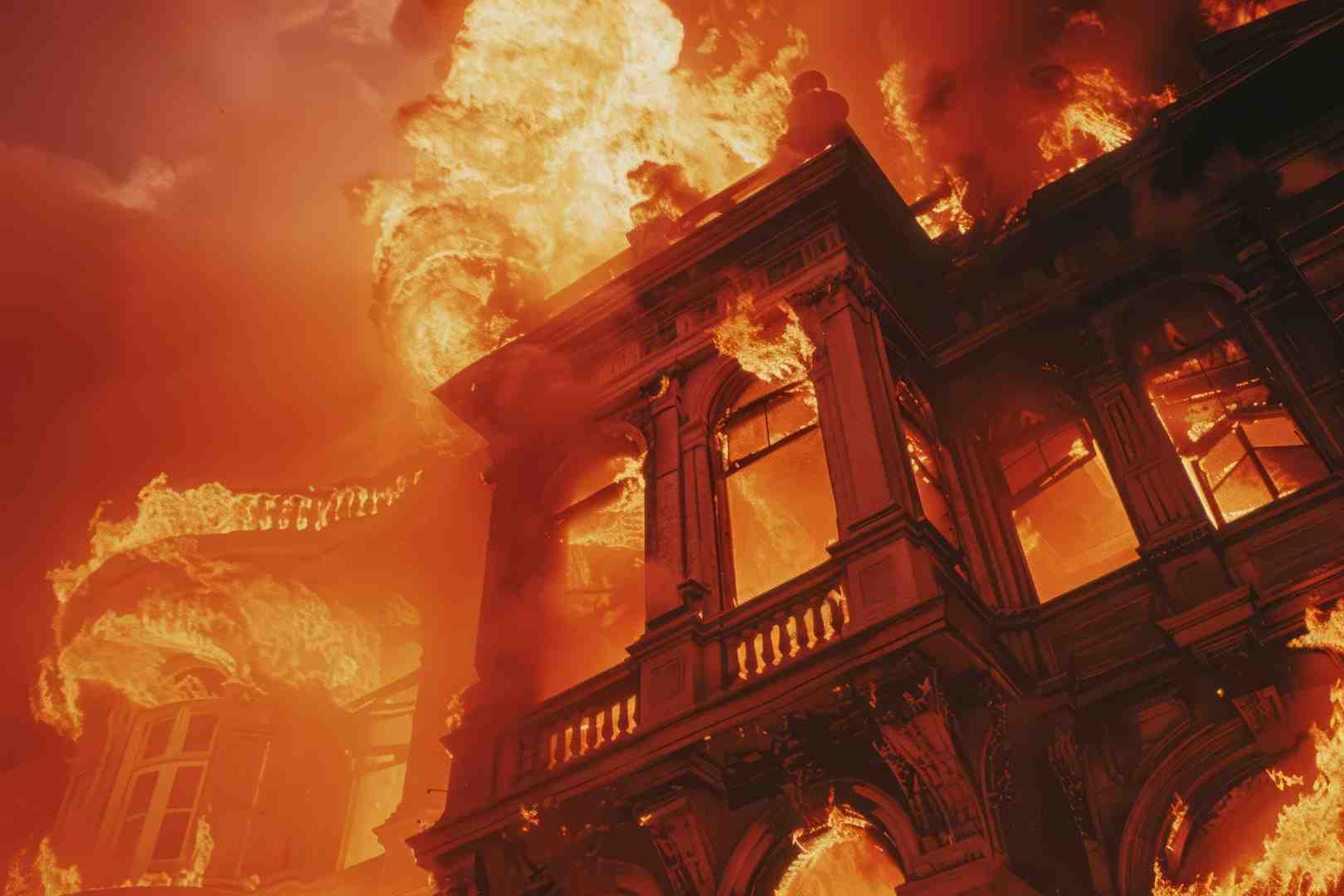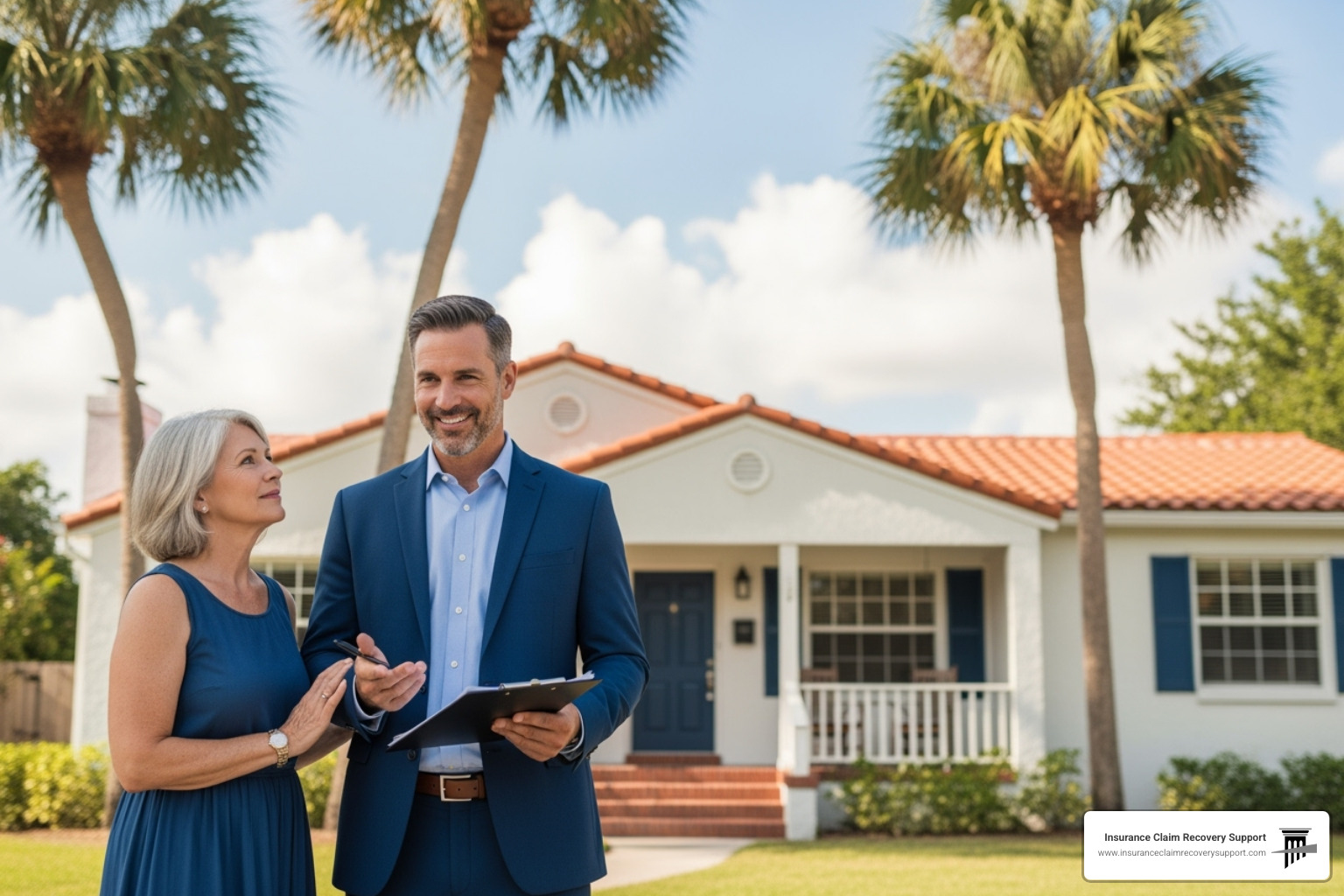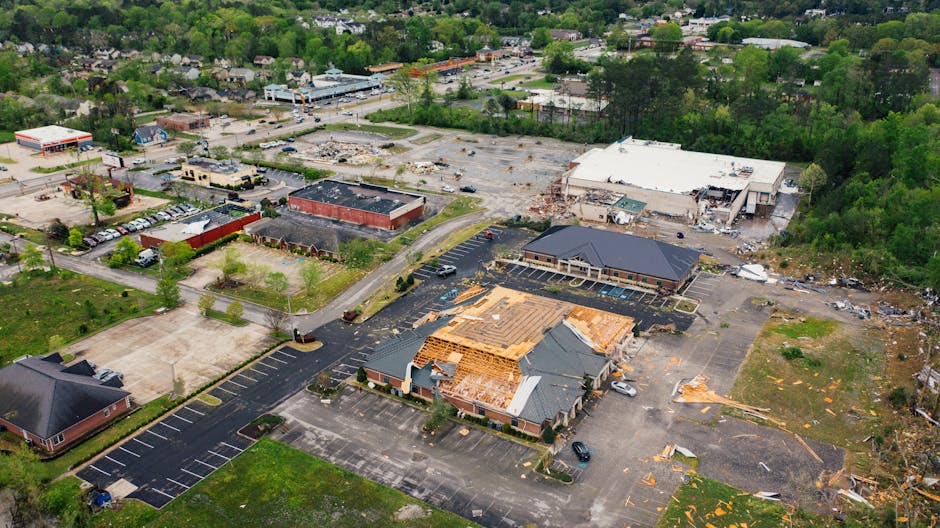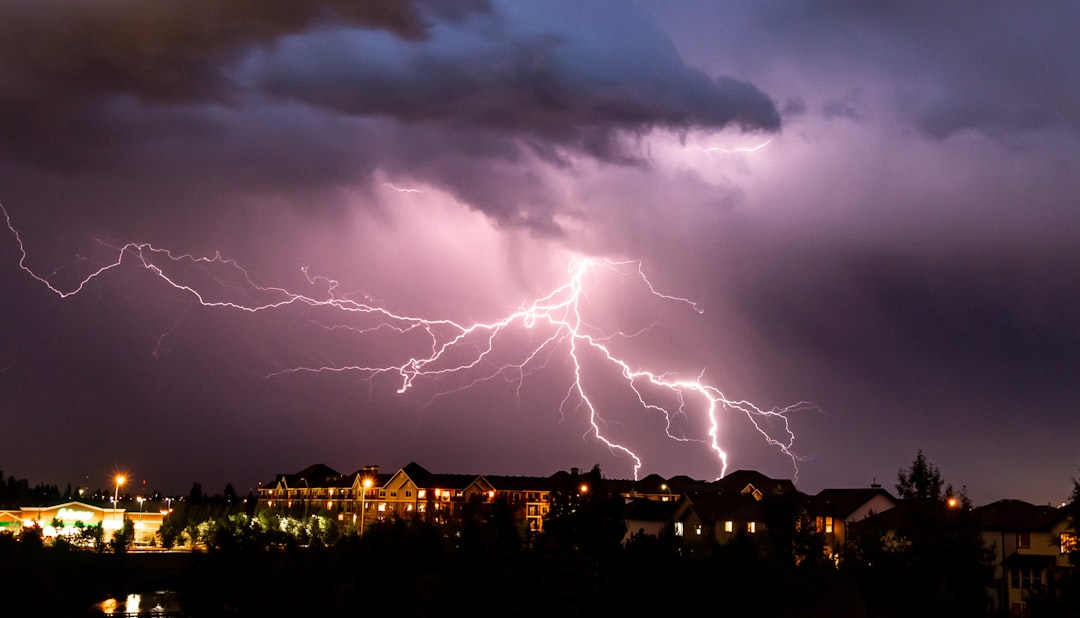Introduction
Understanding hurricane categories is crucial for anyone living in hurricane-prone areas. The Saffir-Simpson Hurricane Wind Scale provides a straightforward way to grasp the different levels of danger these storms pose. Here’s a quick breakdown of the five categories:
Category 1: 74-95 mph – Minimal Damage
Category 2: 96-110 mph – Moderate Damage
Category 3: 111-129 mph – Extensive Damage
Category 4: 130-156 mph – Devastating Damage
Category 5: 157+ mph – Catastrophic Damage
The scale considers wind speed, property damage, storm surge, and rainfall flooding. From minimal issues like broken branches to catastrophic damage where entire buildings can be demolished, the scale helps us understand what to expect.

Understanding the Saffir-Simpson Hurricane Wind Scale
The Saffir-Simpson Hurricane Wind Scale is a tool used to classify hurricanes based on their wind speeds and potential damage. Let’s dive into its history and how it works.
History of the Saffir-Simpson Scale
The scale was created by Herbert Saffir and Robert Simpson in the early 1970s. Saffir, an engineer, initially developed the scale to evaluate the potential damage to buildings from hurricane winds. Simpson, then director of the National Hurricane Center, expanded it to include the effects of storm surge and flooding.
- 1971: Herbert Saffir develops the initial scale.
- 1973: Robert Simpson adds storm surge and flooding considerations.
- 2009: The scale is revised to focus solely on wind speed.
How the Scale Works
The Saffir-Simpson scale categorizes hurricanes into five levels based on their maximum sustained wind speeds. These wind speeds are measured as a 1-minute average at a height of 10 meters (about 33 feet) above the surface. Here’s a breakdown:
-
Category 1: 74-95 mph
Minimal Damage: Roof shingles, tree branches, and power lines may be affected. -
Category 2: 96-110 mph
Moderate Damage: More significant roof and siding damage, uprooted trees, and extended power outages. -
Category 3: 111-129 mph
Extensive Damage: Structural damage to buildings, many trees uprooted, and water and electricity unavailable for days to weeks. -
Category 4: 130-156 mph
Devastating Damage: Severe damage to well-built homes, most trees snapped or uprooted, and areas uninhabitable for weeks or months. -
Category 5: 157 mph or higher
Catastrophic Damage: High percentage of homes destroyed, fallen trees and power poles isolate areas, and widespread power outages lasting weeks to months.

Wind Speed Measurement: The scale uses a 1-minute average wind speed measured at 10 meters above the surface.
Potential Damage: Each category indicates the potential damage to buildings and infrastructure. For example, Category 1 hurricanes might only damage roof shingles, while Category 5 hurricanes can cause total roof failure and wall collapse.
Beyond Wind Speed: Other Hazards
While the Saffir-Simpson scale focuses on wind speed, hurricanes also bring other deadly hazards:
-
Storm Surge: This is the rise in seawater level caused by the hurricane’s winds pushing water toward the shore. Storm surges can lead to severe flooding, especially in low-lying areas. For instance, storm surges have caused about half of all U.S. hurricane-related fatalities.
-
Rainfall Flooding: Hurricanes can dump massive amounts of rain, leading to inland flooding. This flooding can destroy crops, erode soil, and collapse homes far from the coast.
-
Tornadoes: Hurricanes can also spawn tornadoes, adding to the destruction.
Understanding these categories and hazards helps us prepare better for hurricanes and mitigate their impacts.
Next, we’ll explore each hurricane category in detail.
Hurricane Categories Explained
Category 1: Minimal Damage
- Wind Speed: 74-95 mph
- Potential Damage: Roof shingles may be blown off, weak trees uprooted, and power lines downed. Mobile homes and poorly constructed signs can be damaged.
- Storm Surge: 3-5 feet
- Rainfall Flooding: Minor flooding in low-lying areas.
- Tornadoes: Possible, but usually weak.
Example: Hurricane Humberto (2007) caused minimal structural damage but led to numerous power outages and uprooted trees.
Category 2: Moderate Damage
- Wind Speed: 96-110 mph
- Potential Damage: More significant roof and siding damage, many trees uprooted, and mobile homes destroyed. Power outages may last several days.
- Storm Surge: 6-8 feet
- Rainfall Flooding: Moderate flooding, especially in coastal areas.
- Tornadoes: More likely and can be stronger.
Example: Hurricane Ike (2008) caused widespread roof damage and extensive power outages, along with uprooted trees and destroyed mobile homes.
Category 3: Extensive Damage
- Wind Speed: 111-129 mph
- Potential Damage: Some structural damage to small buildings, many trees snapped or uprooted, and mobile homes destroyed. Power outages can last for weeks.
- Storm Surge: 9-12 feet
- Rainfall Flooding: Severe, affecting larger inland areas.
- Tornadoes: Frequent and can cause significant damage.
Example: Hurricane Alicia (1983) led to structural damage, uprooted trees, and long-lasting power outages.
Category 4: Devastating Damage
- Wind Speed: 130-156 mph
- Potential Damage: Severe structural damage with complete roof failures and wall collapses. Most trees snapped or uprooted. Power outages can last for weeks to months.
- Storm Surge: 13-18 feet
- Rainfall Flooding: Extensive, with major inland flooding.
- Tornadoes: Common and often very destructive.
Example: Hurricane Harvey (2017) caused severe structural damage, uprooted trees, and long-term power outages.
Category 5: Catastrophic Damage
- Wind Speed: 157 mph or higher
- Potential Damage: Complete roof and wall failures on many buildings, with some structures entirely destroyed. Trees and power poles downed, leading to months-long power outages.
- Storm Surge: Higher than 18 feet
- Rainfall Flooding: Catastrophic, with widespread inland flooding.
- Tornadoes: Frequent, powerful, and highly destructive.
Example: Hurricane Andrew (1992) resulted in total roof failures, wall collapses, and extensive power outages, with some buildings completely destroyed.
Understanding these hurricane categories helps you grasp the potential impacts and prepare accordingly. Next, we’ll discuss the ongoing debate about introducing a new Category 6.
The Debate on Category 6 and Beyond
Arguments for Category 6
Some scientists argue that the current Saffir-Simpson scale is outdated, especially with the increasing intensity of hurricanes due to climate change. They propose a new Category 6 for storms with wind speeds above 192 mph (309 km/h).
Climate Change and Stronger Storms: Warmer ocean temperatures and a more humid atmosphere are making hurricanes stronger. Recent studies, like one published in the Proceedings of the National Academy of Sciences, found that hurricanes are becoming more intense. For example, five storms between 1980 and 2021 had peak winds greater than 192 mph, which would qualify them as Category 6.
Potential Damage: Storms in this new category would cause unprecedented damage. Buildings would face total structural failure, and entire communities could be wiped out. This new category would help communicate the extreme danger of these storms more effectively.
Arguments Against Category 6
Despite these arguments, some experts, including Robert Simpson, co-creator of the Saffir-Simpson scale, believe that a Category 6 is unnecessary.
Potential Damage: Simpson explained that once winds exceed 155 mph (249 km/h), the damage is already catastrophic. “When you get up into winds in excess of 155 mph, you have enough damage if that extreme wind sustains itself for as much as six seconds on a building it’s going to cause rupturing damages that are serious no matter how well it’s engineered,” he said.
Structural Engineering: Existing building codes in places like Broward and Miami-Dade counties in Florida already require that critical infrastructure withstand Category 5 winds. This suggests that the current scale is sufficient for engineering standards.
Confusion and Underestimation: Adding new categories could make people underestimate the danger of lower-category storms. All hurricanes, regardless of their category, can be deadly and cause significant damage.
The debate continues, with some scientists even suggesting hypothetical Category 7 hurricanes for storms with winds over 230 mph (370 km/h). However, the focus remains on improving resilience and adaptation to these increasingly powerful storms.
Next, we’ll address some frequently asked questions about hurricane categories.
Frequently Asked Questions about Hurricane Categories
What is the difference between Category 1, 2, 3, 4, and 5 hurricanes?
The Saffir-Simpson Hurricane Wind Scale categorizes hurricanes based on their sustained wind speeds and potential damage:
-
Category 1: Winds of 74-95 mph. Minimal damage. Expect some roof and tree branch damage, along with power outages. Example: Hurricane Humberto (2007).
-
Category 2: Winds of 96-110 mph. Moderate damage. Roof and siding damage, uprooted trees, and widespread power outages are common. Example: Hurricane Ike (2008).
-
Category 3: Winds of 111-129 mph. Extensive damage. Structural damage to buildings, many trees uprooted, and long-lasting power outages. Example: Hurricane Alicia (1983).
-
Category 4: Winds of 130-156 mph. Devastating damage. Severe structural damage, many trees snapped or uprooted, and weeks of power outages. Example: Hurricane Harvey (2017).
-
Category 5: Winds over 157 mph. Catastrophic damage. Total roof failures, wall collapse, and power outages lasting for months. Example: Hurricane Andrew (1992).
Is there a Category 6 hurricane?
Currently, there is no official Category 6 on the Saffir-Simpson scale. However, scientists are debating its potential due to climate change and stronger storms. A Category 6 would apply to hurricanes with winds over 192 mph. Researchers argue that warmer ocean temperatures could lead to more intense hurricanes, potentially necessitating a new category.
For instance, a study in the Proceedings of the National Academy of Sciences suggests that recent hurricanes might qualify for this new category, highlighting the need for greater resilience and adaptation .
What is a Category 7 hurricane?
A Category 7 hurricane is purely hypothetical and not part of the current Saffir-Simpson scale. If it were to exist, it would classify hurricanes with wind speeds over 230 mph. The potential damage from such a storm would be unimaginable, with complete structural failures, extreme storm surges, and catastrophic rainfall flooding.
While the concept of a Category 7 is debated, the focus remains on improving our resilience to all hurricanes, regardless of their category .
Understanding the differences between hurricane categories can help you better prepare and respond to these powerful storms. Next, we’ll explore common questions and myths about hurricanes.
Conclusion
Navigating through the aftermath of a hurricane can be overwhelming. At Insurance Claim Recovery Support, we specialize in helping you manage the complexities of property damage claims. As public insurance adjusters, we advocate for you to ensure you receive the maximum settlement possible.
Why Choose Us?
-
Expertise in Property Damage Claims: Whether it’s damage from hurricanes, fires, or other natural disasters, our team understands the nuances of insurance policies and the types of damage these events can cause.
-
Focused on Texas and Nationwide: While we have a strong presence in Texas, our services extend across the nation. We help homeowners and businesses recover from devastating storms no matter where they occur.
-
Maximizing Settlements: Our goal is to challenge underpayments and denials effectively. We bring our deep understanding of property damage to the table, ensuring that nothing is overlooked during the insurance claim process.
-
Keeping You Informed: Stay updated with the latest news on fire and storm damage in Texas and beyond. We provide insights and preventive measures to help you prepare for future disasters.
-
Guiding You Through the Process: From initial damage assessment to filing claims and negotiating settlements, we guide you through every step. Our transparent approach ensures a smooth process, making recovery less stressful for you.
In conclusion, facing the challenges of property damage from hurricanes or other disasters is daunting, but you don’t have to do it alone. With Insurance Claim Recovery Support, you can navigate the insurance claim process confidently. Let us help you rebuild and restore your property with the financial compensation you deserve. Visit our Hurricane Claims Service Page to learn more about how we can assist you.


